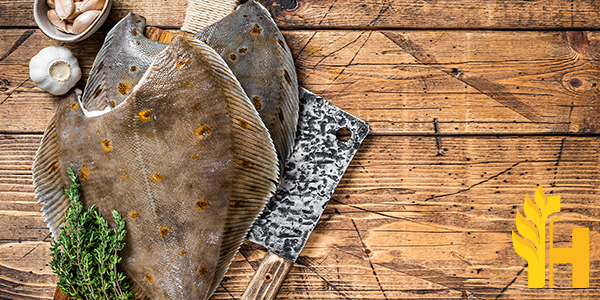Plaice price

Where to buy and sell Plaice, lowest (cheapest) and highest price.
check offers buy sell PlaiceToday price for PlaicePlaice wholesale prices 2022
The Current commodity price of Plaice per kg, pound in the world in the global markets
Plaice
Plaice, (Pleuronectes platessa), commercially valuable European flatfish of the family Pleuronectidae. The place, like others of its family, normally has both eyes on the right side of the head. It also has about four to seven bony bumps near its eyes. It reaches a maximum length of about 90 centimeters (36 inches) and is strikingly colored, with red or orange spots on a brown background. A plaice has an oval body that tapers toward the tail. The dorsal surface (upper surface) is rough and flat; the ventral surface (lower surface) is whitish and smooth. A plaice's color is gray or brown on the dorsal side, with many round white spots. The ventral side is white to tan in color with dark mottling. During the breeding season, the male becomes spotted and develops a prominent bump on its forehead. Males are larger than females for their species. Plaice typically use camouflage as cover from predators. They have a large number of small dark brown or black spots that disrupt their outline and make them more difficult to see when they blend into the seafloor. Plaice are a widely distributed flatfish found in both coastal glasses of water along rocky bottoms as well as for offshore for sandy bottoms. Plaice have been known to travel from around the south of Portugal and Brittany in the west, to Norway and Iceland. In Eastern waters, plaice can be found from Siberia to Japan. Plaice have been recorded at depths of up to 3,000 meters. Plaice are predators that feed on a variety of crustaceans such as crabs, prawns, and amphipods. Plaice are also known to feed on fish such as sand eels, herring, whiting, hake, cod, saithe, and haddock. Plaice spawn in the spring or summer. A female can lay up to 300 million eggs over a two-month spawning period off the coast of Iceland. Juveniles begin feeding after hatching, and they reach sexual maturity between 1–2 years old. Females can spawn several times in their lifetime. The maximum age of plaice is 16 years old, however, the majority do not survive past 5 years. Plaice are an important fish to commercial fisheries as well as recreational fishing. They can be caught with a variety of fishing techniques and range in size from one-pound fish to larger than 40 pounds. They can also be found on restaurant menus, fresh or fried.Global plaice production
According to the Food and Agriculture Organization of the United Nations (FAO), the global production of plaice was 449,890 tonnes in 2013. The majority of plaice is caught in European waters, with the top five producers being Denmark, Germany, Netherlands, United Kingdom, and Belgium. Most of the plaice consumed in Europe is caught in the North Sea. The plaice is a popular food fish and is widely consumed. It can be found in most supermarkets and fishmongers. Plaice can be cooked in a variety of ways, including baking, frying, grilling, and poaching. It is often served with chips (French fries) and malt vinegar. The plaice is a member of the flatfish family, which also includes flounder, sole, and halibut. Flatfish are fish that spend most of their lives lying on the seabed with both eyes on one side of their head. As they grow older, they begin to tilt until both eyes are on the top side of their head. This gives them a camouflaged appearance and makes it easier for them to ambush their prey. The plaice is a bottom-dwelling fish and can be found at depths of up to 200 metres (650 feet). It is a demersal fish, which means that it lives and feeds on or near the seabed. The plaice is a benthic feeder, which means that it feeds on small invertebrates that live on or near the seabed. Its diet includes shrimp, crabs, worms, and molluscs.Download our new
Husfarm App
Stay up to date with the current prieces of agricultural products all over the world.
Do you want to sell agricultural products?
Are you an Agricultural processor looking for high-quality products to buy?
Post an ad for FREE!
